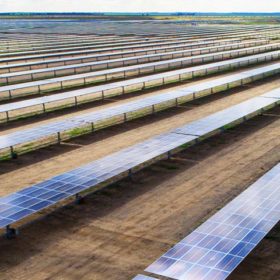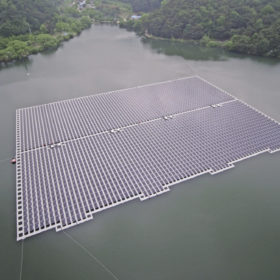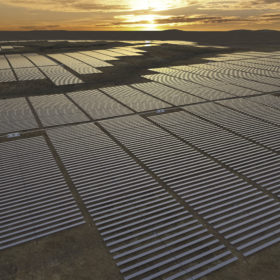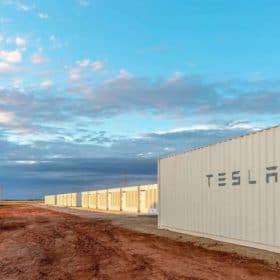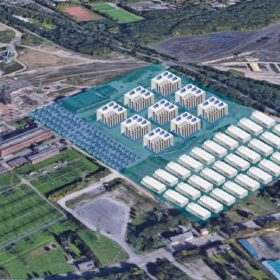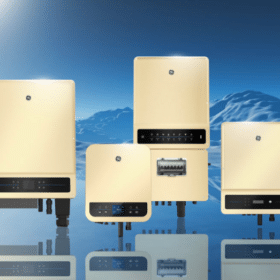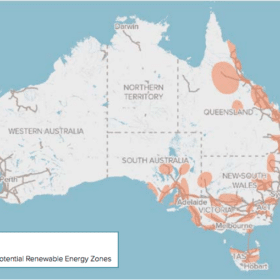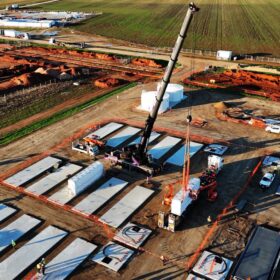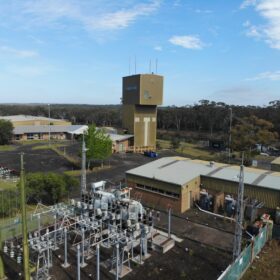Grid Connection: Meeting the new AEMO requirements for simulation model
Last month, the Australian Energy Market Operator imposed new obligations on utility-scale project developers in the National Electricity Market. These new obligations attend to the test requirements for simulation models in grid connection. Tony Morton, global technical head for power systems at Vysus Group, argues that these new requirements put a lot more work on project developers, but should provide greater certainty.
How crowdfunding can accelerate Indonesia’s renewable energy development
Given the huge opportunities crowdfunding presents, we argue that Indonesia could resort to this strategy to fund green projects and help overcome the country’s stalled development of renewable energy.
Renewables need land – and lots of it. That poses tricky questions for regional Australia
Renewable energy capacity in Australia is expected to double, or even triple, over the next 20 years. There is one oft-overlooked question in this transition: where will it all be built?
Against the odds, South Australia is a renewable energy powerhouse. How on Earth did they do it?
Less than two decades ago, South Australia generated all its electricity from fossil fuels. Last year, renewables provided a whopping 60% of the state’s electricity supply. The remarkable progress came as national climate policy was gripped by paralysis – so how did it happen?
Pumped hydro with desalination, powered by renewables
EDF and Oceanus plan to build a pumped hydro storage station and a desalination system powered by wind and solar. The system will use saltwater to produce hydropower during periods of high demand, while producing affordable freshwater.
German steel giant wants to set up 500 MW green hydrogen plant
German energy company Steag is helping Thyssenkrupp decarbonise its steel production site in Duisburg-Walsum. Green hydrogen generation is expected to be powered by a mix of wind and solar power.
Compressed green hydrogen ship for Aussie exports deemed ‘highly competitive’
A scoping study has found Global Energy Ventures’ compressed hydrogen ship to be both technically feasible and ‘highly competitive’ to transport the hyped future fuel at distances that conveniently connect Australia to Southeast Asian markets.
GE chooses Australia to launch its solar inverter range
Just as Australia thought it’s pioneering days were over, it has become the first country in the world to sell American giant General Electric’s new solar inverters.
Government advisors class multiple renewable projects among Australia’s highest infrastructure priorities
Australia’s infrastructure advisory body has added a number of renewable energy-related projects to its priority list, recognising the need for investment in the “once-in-a-lifetime transition from thermal generation to intermittent renewables.”
Turnbull to chair Fortescue’s ambitious renewable energy business
Iron ore giant Fortescue Metals Group’s ambitious Fortescue Future Industries wants to build a renewable energy portfolio of more than 235 GW. The ambition, combined with the apparently bullish effort of Fortescue executives in recent months, has garnered headlines, and now Fortescue has announced former Prime Minister Malcolm Turnbull and former National Intelligence chief Nick Warner as part of its team.
